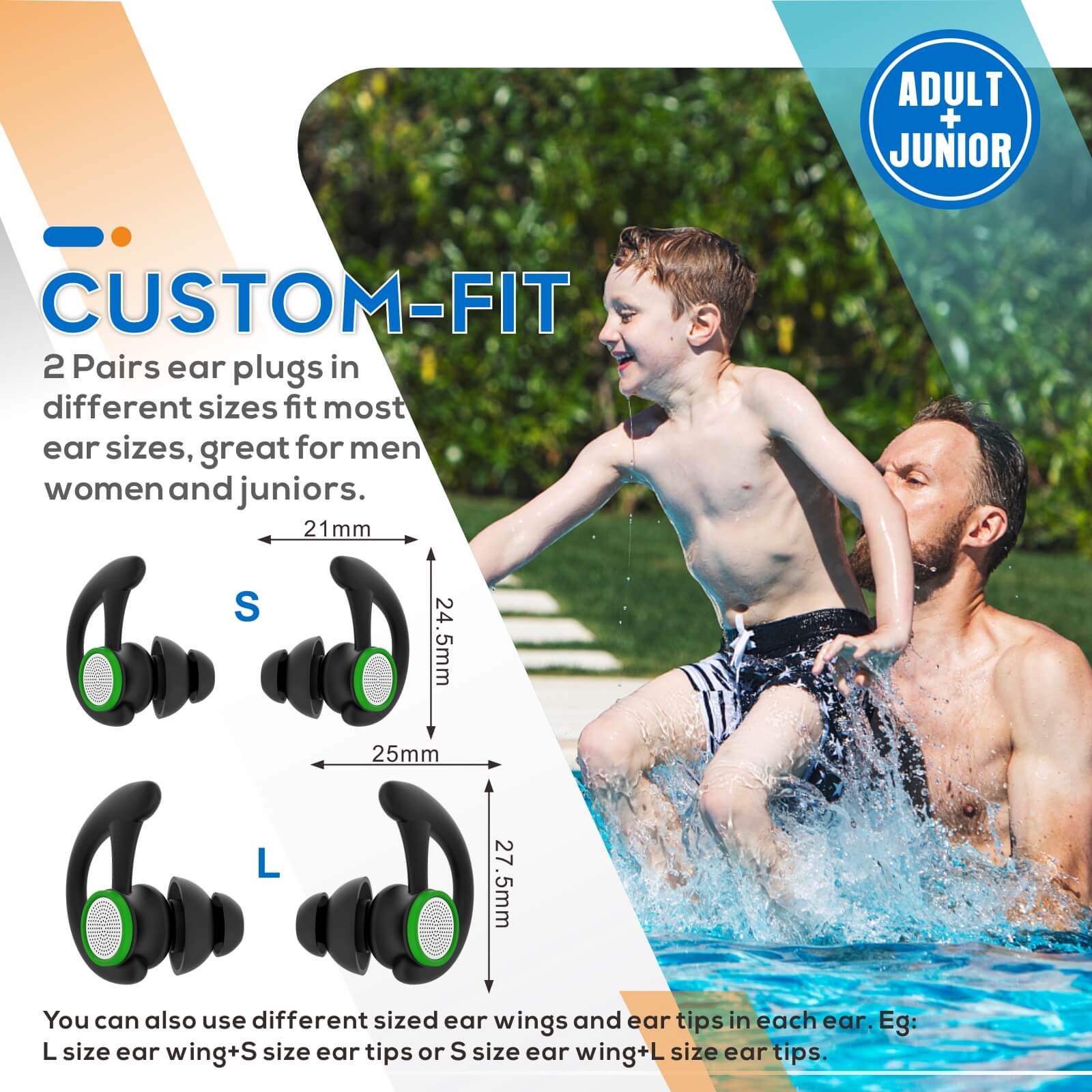From this article you can learn ear plugs for swimming.
Swimming is a popular activity that provides numerous health benefits. However, it also comes with certain risks, one of which is swimmer's ear. Swimmer's ear, also known as otitis externa, is an infection of the ear canal that can cause pain, itching, and even temporary hearing loss. Fortunately, there is a simple solution to prevent swimmer's ear - ear plugs.
The Importance of Ear Plugs
Ear plugs are small devices that are inserted into the ear canal to block water from entering. They create a waterproof seal, preventing water from reaching the delicate structures of the ear. By wearing ear plugs while swimming, you can significantly reduce your risk of developing swimmer's ear.
Swimmer's ear is caused by the presence of bacteria or fungi in the ear canal. When water enters the ear, it creates a moist environment that is conducive to the growth of these microorganisms. By wearing ear plugs, you create a barrier that prevents water from entering the ear, effectively reducing the risk of infection.
Choosing the Right Ear Plugs
When it comes to choosing ear plugs for swimming, there are several options available. Foam ear plugs, silicone ear plugs, and custom-molded ear plugs are some of the most common choices. Each type has its own advantages and disadvantages, so it's important to find the one that works best for you.
Foam ear plugs are inexpensive and readily available. They are soft and comfortable to wear, but they may not provide a perfect fit for everyone. Silicone ear plugs, on the other hand, are more durable and can be reused multiple times. They are also available in different sizes to ensure a better fit. Custom-molded ear plugs are the most expensive option, but they offer the best fit and comfort.
Proper Use and Maintenance
Using ear plugs correctly is essential to ensure their effectiveness. Before inserting the ear plugs, make sure your hands are clean to avoid introducing any bacteria into the ear. Gently roll the ear plugs between your fingers to compress them, then insert them into the ear canal. Hold the ear plugs in place for a few seconds to allow them to expand and create a seal.
After swimming, it's important to remove the ear plugs carefully to avoid pushing any water further into the ear. Clean the ear plugs with mild soap and water, and allow them to dry completely before storing them in a clean case. Regularly inspect the ear plugs for any signs of wear or damage, and replace them as necessary to maintain their effectiveness.
Conclusion
Swimmer's ear can be a painful and inconvenient condition, but it can be easily prevented with the use of ear plugs. By creating a barrier that blocks water from entering the ear, ear plugs significantly reduce the risk of infection. When choosing ear plugs, consider factors such as comfort, fit, and durability. Proper use and maintenance of ear plugs are also crucial for their effectiveness. So, next time you hit the pool or the beach, don't forget to swim with confidence and protect your ears with ear plugs!

